
RAINBOWS AND PILLOWS

Rainbows and Pillows is a 3D multiplayer combat and platforming game prototype realized for the Ubisoft Game Lab Competition 2024. Become Pillow and Blanket, defenders of the dream, who must ally their strengths to purify nightmares and save their host's sleep.
What I did in this project:
Designed the game's systems, mechanics and gameplay loop.
Designed 3 arena-like levels in collaboration with environment artists.
Worked in collaboration with programmers and artists to provide better feedback and improve the user experience.
Rainbows and Pillows was nominated in the following 4 categories:
Best Quality of the 3C (camera, characters, controls)
Best Art Direction and Production
Best Creativity and Integration of the Theme
Jury's Special Award

MADE WITH UNREAL ENGINE 5
Level Design - Game Design
Concept
Pillow shoots nightmare enemies to stun them, Blanket rolls over them to purify them.
Their power uses up dream water (gauge).
At the end of each night, they can choose 1 of 3 random upgrades using their points.
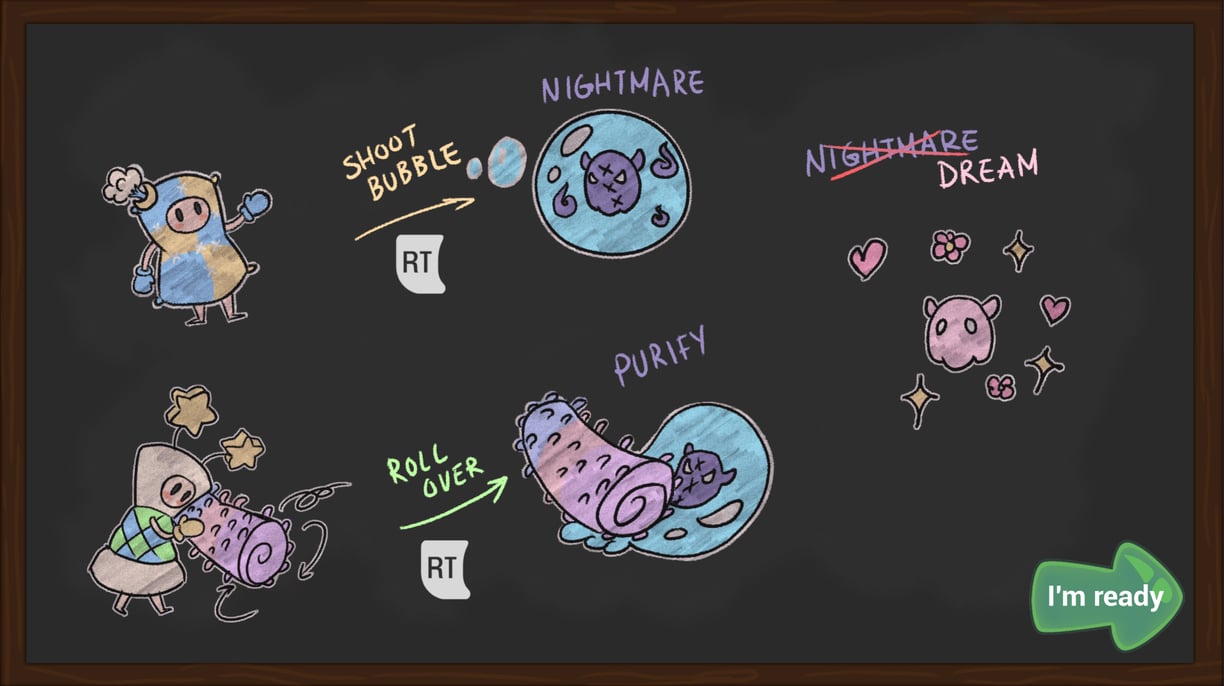

LEVEL DESIGN
Online multiplayer co-op.
One element that changes with each game session based on the previous session.
Use artificial intelligence.
Involve a "running out of..." design concept.
E "Everyone" rated.
Include an accessibility feature.
Tasks and constraints
Competition mandate:
Design one or several levels for a total experience time of 10 minutes maximum.
Include all designed mechanics in the level(s).
Optimize player learning curve.
Maximize fun for this short experience.
Personal tasks and constraints (level design):
Level Design Mechanics
3 separate levels with different thematics (kid's room, play room, kitchen).
Levels littered with a mess of objects to jump on or go around.
Different level design mechanics included amongst those objects:
Pond: Replenishes dream water. Has a cooldown. 2 per level.
Snack: Gives a short speed boost and more points. Nightmares steal snacks, which can be recovered when nightmares are purified.
Trampoline: Bounces characters upwards.
Iterating
As much in the game design as in the level design, developing a design that satisfied all members of the team and allowed them to thrive in this short production was a challenge.
We lost a lot of time trying to find the "perfect" concept for the game, which in retrospect could never have been achieved due to the different tastes of all team members. This project taught me that a mediocre idea well executed will almost always be better than a good idea with a mediocre execution.
The initial level design was more complex and included larger areas accessible through platforming. Eventually, following in-team testing and playtesting, I started focusing more on the "combat"/shooter aspect of the game rather than the platforming side of it, making for simpler, more open level design.
Challenges and lessons learned
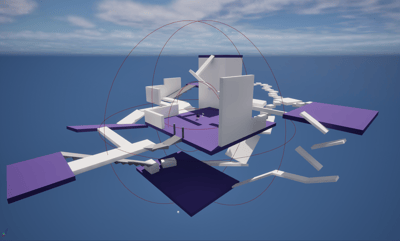

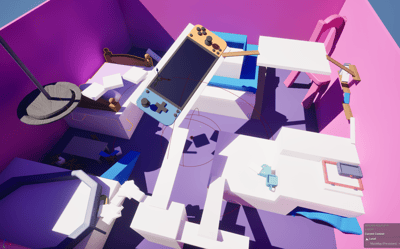

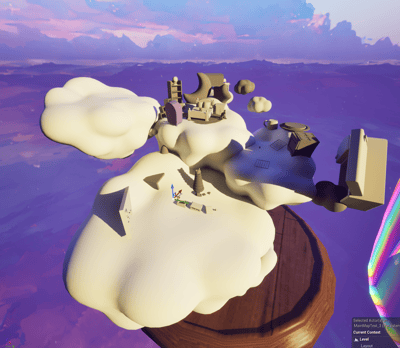

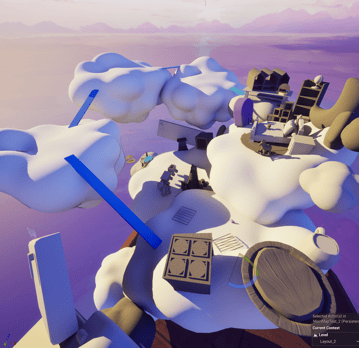

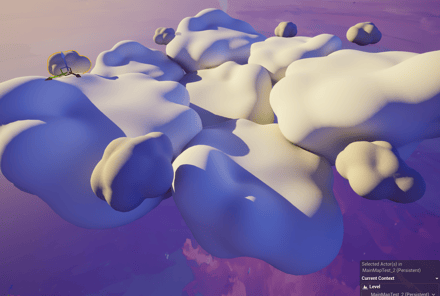

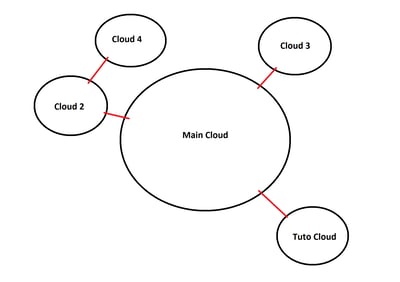


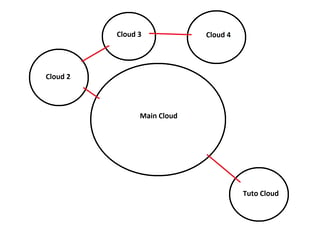

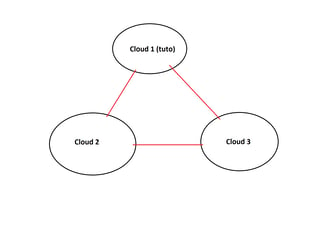
Simple yet fun
Towards the last level design iterations, we still had more level design mechanics and a more complex progression system (with the ability to travel between areas). However, it took a while to figure out how to actually make the game more fun. Following playtests, we identified the most appreciated mechanics, and understood how players wanted to play the game, that is by jumping around on trampolines and shooting everything.
We decided to lean into that chaos factor through the game design, level design and VFX to make the experience more frantic, but still comprehensible. We scoped down the mechanics that were least appreciated to make the game simple to learn, and added even more upgrades so skilled players could ramp up the intensity.
I isolated each level and I changed slightly the level design to make it more chaotic and messy, like a sandbox where players could jump around and have fun. I significantly increased the number of snacks that could be collected in each level, so that there would always be more to collect. The idea was to never let the intensity drop during levels and always provide a new distraction, so that a player would for instance be chasing nightmares, but have to go reload to a pond, jump on a trampoline and spot a stash of snacks to collect on the way there.
Iteration 1 included a lot of platforming and the possibility to fall off the map.
Iteration 2 still included a lot of platforming, but with more open areas and no possibility to fall off the map.
The iterations following the level art prototype included less platforming, more organic level design/art and smaller areas.
Coordination between level design vs level art
Early on in the level design process, the artists made a prototype of level art that didn't match the current level design prototype. I changed the level design direction to better match the artistic propositions, but at first it made for less interesting level design. I had to work closely with the level artists to design interesting levels that worked, while keeping them visually compelling.
I learned that the line between design and other disciplines can often be blurry, and it is absolutely essential to work in cooperation with the team to produce a game that fits the established direction.
The level design got progressively simpler, until we ended up with 3 separate levels, which better fit our game design direction.
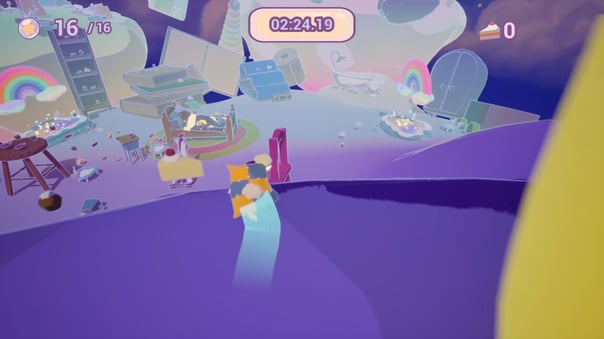
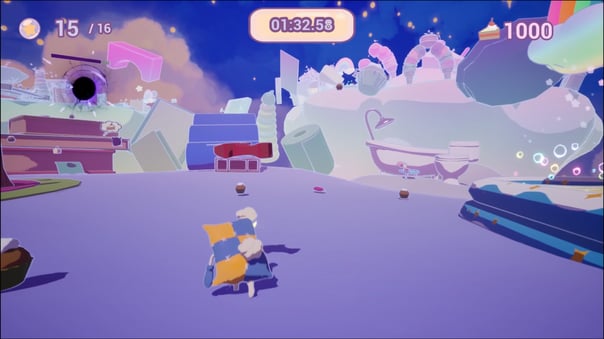
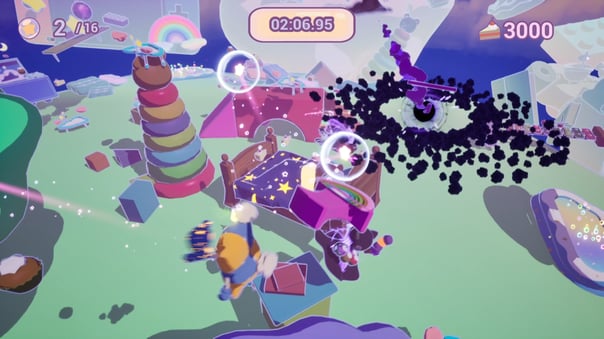
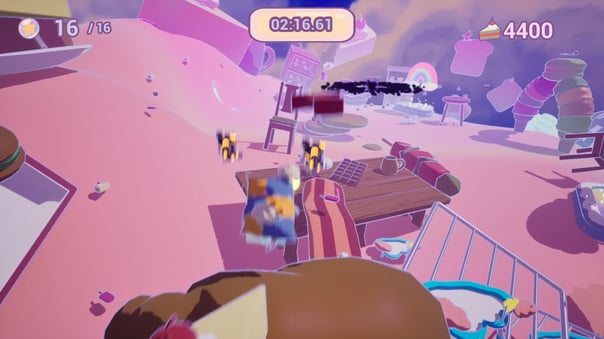
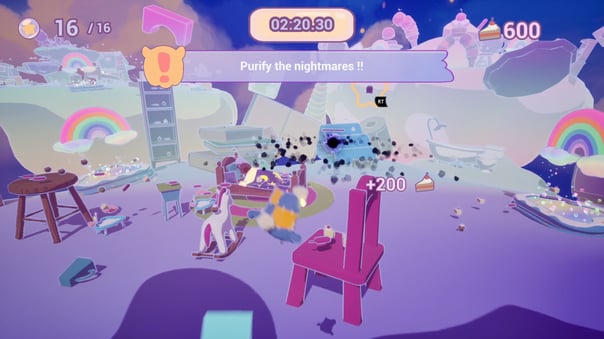
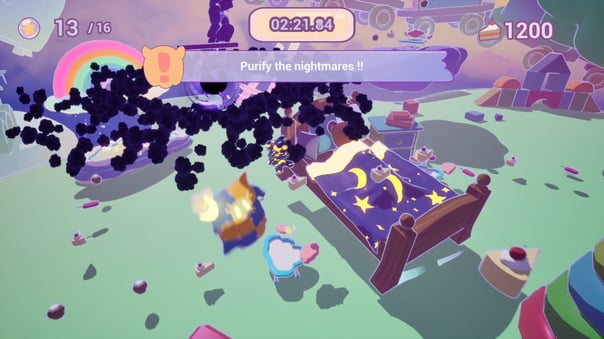
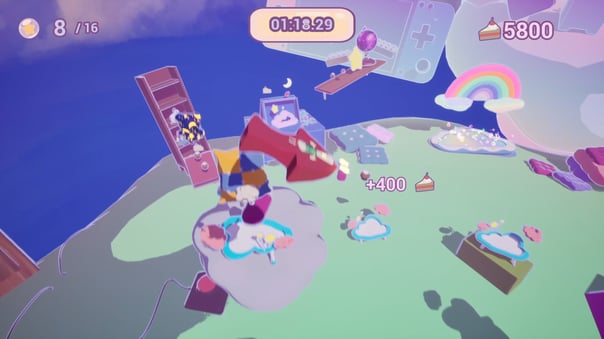
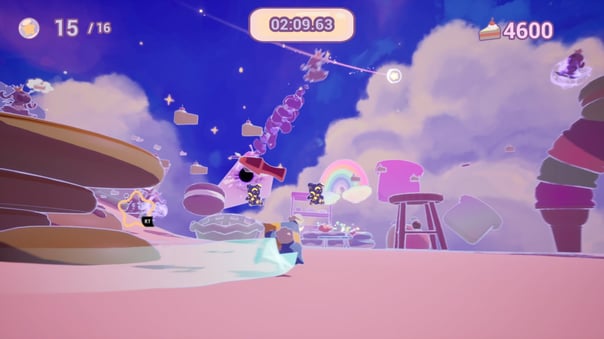








Some screenshots of the final level design:

